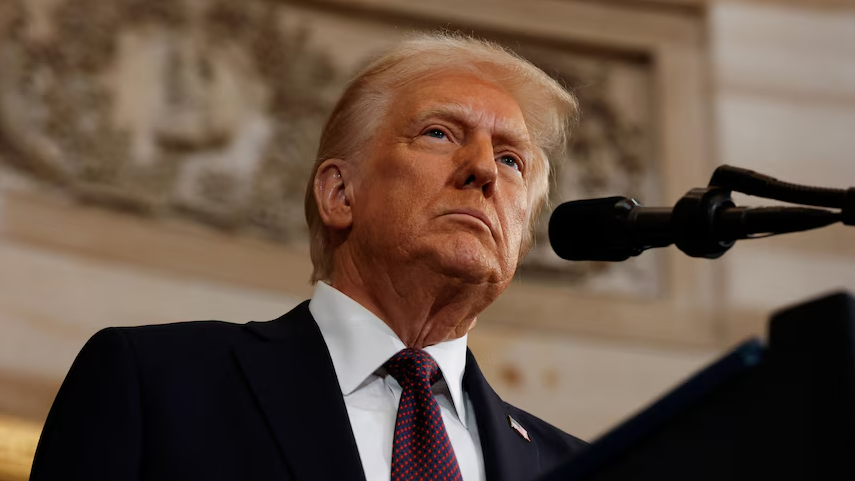
The United States is intensifying efforts to pressure China and India over their continued purchase of Russian oil, urging G7 nations to impose tariffs on imports from these countries, according to a report by The Financial Times. This move aims to curb Russia’s revenue streams, which the US said are being utilised to fund its ongoing war in Ukraine.
Under President Donald Trump’s administration, the US is advocating for coordinated action among G7 countries to impose steep tariffs on Chinese and Indian imports.
“Chinese and Indian purchases of Russian oil are funding Putin’s war machine and prolonging the senseless killing of the Ukrainian people,” The Financial Times cited a US Treasury department spokesperson in its report.
“Earlier this week, we made it clear to our EU allies that if they are serious about ending the war in their own backyard, they need to join us and impose meaningful tariffs that will be rescinded the day the war ends,” the spokesperson added.
“President Trump’s Peace and Prosperity Administration is ready, and our G7 partners need to step up with us.,” said the spokesperson.
The spokesperson declined to state a figure for the planned tariffs but people familiar with the situation said the US had proposed levels of between 50 and 100 per cent.
The FT report added that the proposal is set to be discussed in an upcoming video conference of G7 finance ministers. The US has already implemented a 50 per cent tariff on Indian goods and has temporarily increased tariffs on Chinese imports, signaling a broader strategy of economic pressure.
EU’s Hesitation Amid Economic Concerns
European Union countries are expressing caution regarding the US proposal. While they acknowledge the need to exert pressure on Russia, EU nations are hesitant to impose such high tariffs on China and India due to potential economic repercussions and ongoing trade negotiations with India. Instead, they propose alternative measures, such as accelerating sanctions against Russian energy and advancing deadlines to end Russian energy imports. However, EU consensus is challenged by opposition from Hungary and Slovakia, which continue to import Russian oil.
Canada, as the current G7 chair, supports measures to increase economic pressure on Russia. However, it also seeks to mend ties with China and India for strategic trade reasons. Discussions are ongoing between the EU and the US to replace Russian liquefied natural gas with American supplies, reflecting a broader effort to reduce dependence on Russian energy sources.
While the Trump administration continues to push for higher tariffs on India and China, earlier this week, Trump appeared to soften his stance on New Delhi.
“I am pleased to announce that India and the United States of America are continuing negotiations to address the trade barriers between our two nations. I look forward to speaking with my very good friend, Prime Minister Modi, in the upcoming weeks. I feel certain that there will be no difficulty in coming to a successful conclusion for both of our great countries!” he wrote in a post on Truth Social.
The US last month increased tariffs on Indian imports to 50 per cent over the country’s purchases of Russian oil. In April, Trump sharply increased tariffs on Chinese imports but scaled them back in May after a market backlash.


